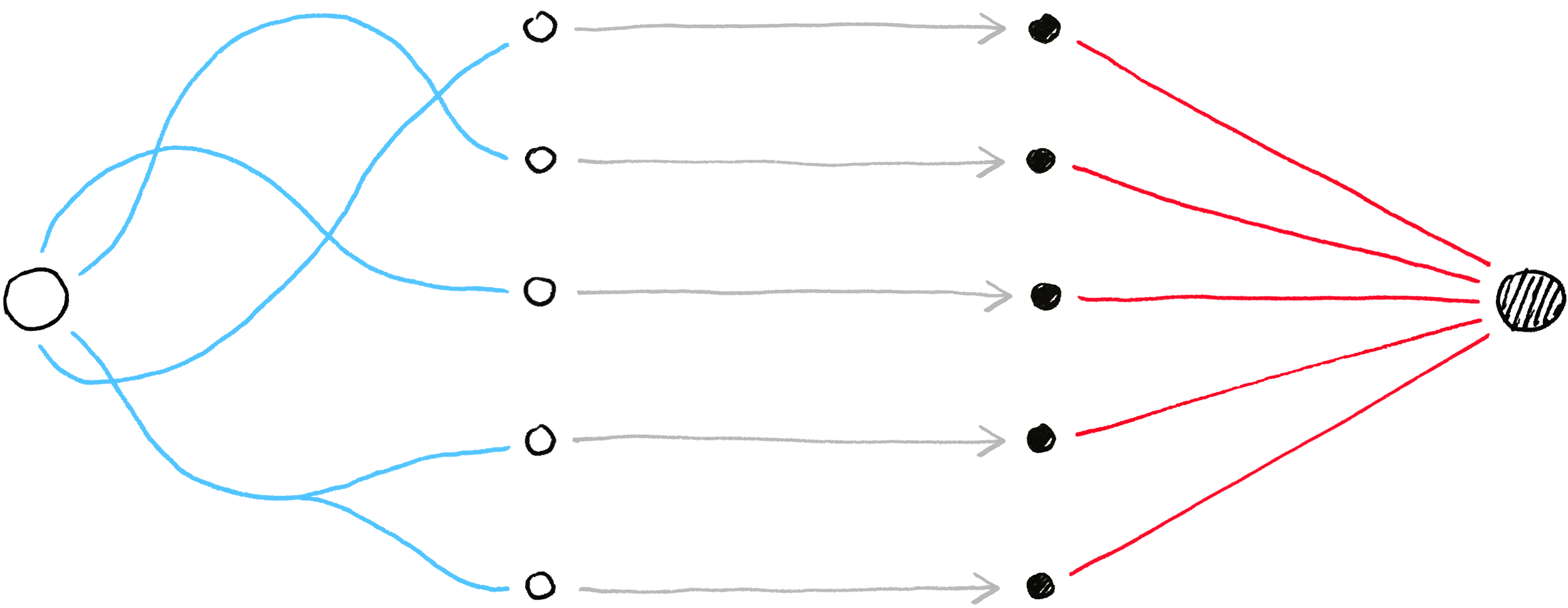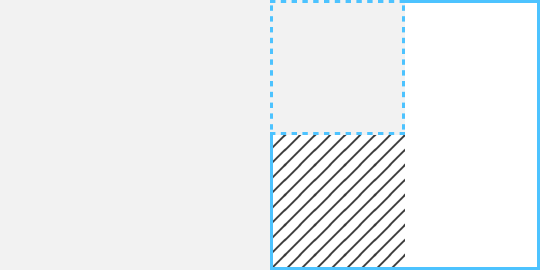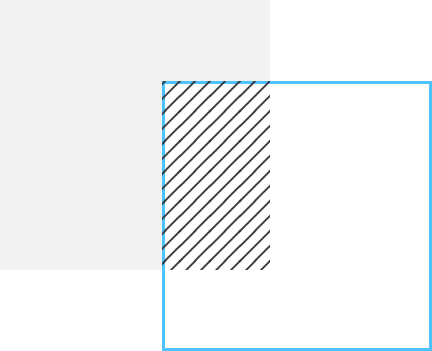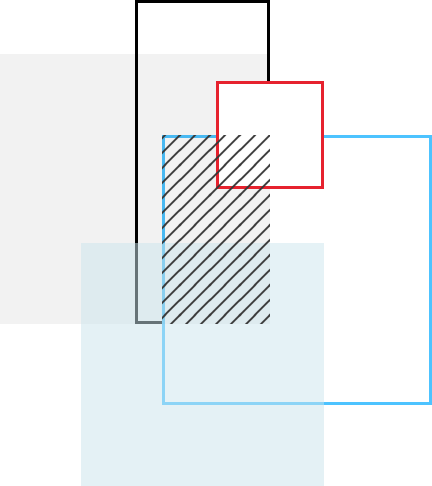Our approach
We use a

Working in this way allows us to consider many options before rapidly increasing design fidelity. All that while keeping a steady focus on understanding and meeting user, business, and technical needs.
When to work with us
We can bring value at any stage of your project roadmap. From early
This is when companies usually ask us to work with them:
1To formalise an idea
We design and build a MVP demo to align stakeholders to one vision of the product or to win investment.
2To develop features
We prototype features and explore them in user research to test and evaluate key functionality for users.
3To design for production
We produce
4To evolve a product
We identify new and unmet user needs, and opportunities for product refinement through explorative
How we collaborate
There are many ways in which we collaborate with our partners. In the past we’ve formed successfully funded consortia within academia, consulted for industry and
Consultancy
We lead design on agreed components of a partner’s software tool. They retain all IP to the outputs of our work.
Knowledge exchange
We work to build design capabilities within a partner’s team by sharing working principles, processes, and techniques.
Joint venture
We collaborate with a partner organisation to build a new tool or service. IP is shared between partners.
Funding partnership
We work on a tool or service as
Project structures
We plan short and long projects using three basic modules: workshops, design sprints, and research sprints. With these few elements every collaboration can be tailored to specific project requirements, goals, and budgets.

Design workshop to review UI and UX and provide design advice.


A design sprint to build a prototype for a

Iterating a design prototype through two rounds of




